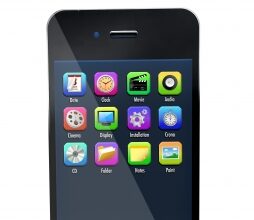Day 2 was spent at home trying it out on my home network and showing it to neighbors. I was becoming more comfortable with using and wearing it. The hands-free aspect of Glass does have a freeing sense.
Day 2 was spent at home trying it out on my home network and showing it to neighbors. I was becoming more comfortable with using and wearing it. The hands-free aspect of Glass does have a freeing sense.
Sunday I discovered that a flood of NY Times alerts came through. Fortunately, Glass with read them to you if you like (headlines only). Also tried a Google search which resulted in a Wikipedia entry for some (first line) which was more or less relevant to my request. Since I don’t routinely use Siri or Google Voice, my proficiency with voice to text was lacking but this is something that could improve with practice.
Also attempted a video call to Lucien Engelen in the Netherlands. Unfortunately, it was choppy and the screen froze for both of us at times. Not sure if that was Glass, as I moved around the house trying to maintain the wireless connection or the speed of my wireless network or the international connection. Another item which would require more trial and error, common with adopting new technology.
Someone pointed me to this video by Sergey Brin at TED which starts with the intro to Glass and then his statements of the purpose of Glass – to move us away from staring down at our phones and again facing our fellow human beings while staying connected to the world. Interesting concept. Would like to see some human factor researchers do a test of highly connected people using a mobile phone vs. Glass.
Two examples of videos taken Saturday in NYC
These 20 second videos are easy to do with a voice command.
More tomorrow on potential applications in healthcare.






